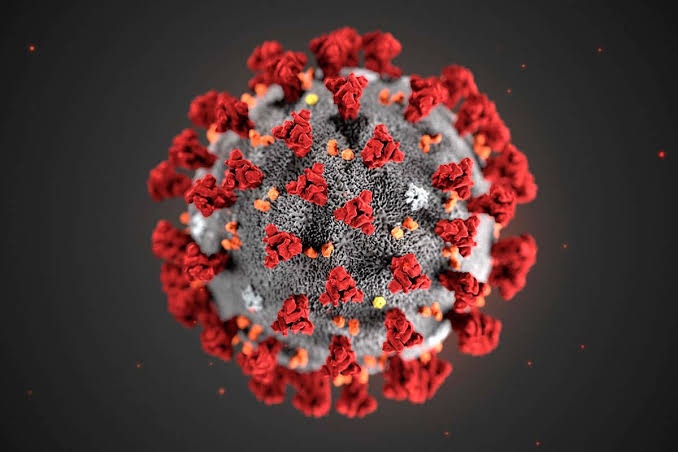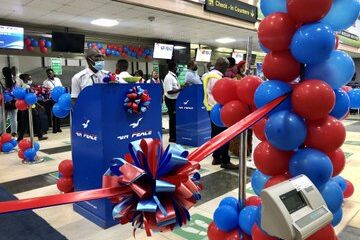AVIATION
Data shows drop rate of Delta’s pre-flight testing of COVID-19 infections

The risk of exposure to Covid-19 while traveling after all passengers test negative 72 hours in advance of your flight is less than 0.1 percent. That is according to a unique study that examined real-world customer data on Delta’s Covid-19 tested flight corridors between New York-JFK, Atlanta and Italy’s Fiumicino International Airport.
Peer-reviewed study published in Mayo Clinic Proceedings showed a single Covid-19 molecular test performed within 72 hours of departure could decrease the rate of people actively infected on-board a commercial aircraft to a level that is significantly below active community infection rates. For example, when the average community infection rate was at 1.1 percent, infection rates on Covid-19-tested flights were 0.05 percent. The Georgia Department of Health and Mayo Clinic conducted the study in conjunction with Delta.
“We are going to live with the variants for some time. This real-world data – not simulation models – is what governments around the world can use as a blueprint for requiring vaccinations and testing instead of quarantines to re-open borders for international travel,” explained Henry Ting, Delta’s chief health officer.
“Air travel risk varies depending on case rates and vaccination rates at the origin and destination, masking and other factors. But the data collected from this study show that the routine use of a single molecular test within 72 hours before international travel for unvaccinated individuals significantly mitigates the risk of pandemic exposure and transmission during airline travel.”
Ting added that our real-world experience and testing protocol demonstrate that a very low risk of infection transmission is possible, confirming previous simulation models of viral transmission on planes.
The study began in December 2020 with the trans-Atlantic testing program that enabled quarantine-free entry into Italy and allowed teams to review and model various testing strategies for feasibility, false-positive rates and case detection rates. Now, the results of this study are available – offering unique data insights on the risk of SARS-CoV-2 exposure, infection rates on board and showing the feasibility of putting in place a testing protocol with meaningful impact.
“When you couple the extremely low infection rate on board a Covid-19-tested flight with the layers of protection on board including mandatory masking and hospital-grade air filtration, the risk of transmission is less than one in one million between the United States and the United Kingdom, for example,” Ting added. “These numbers will improve further as vaccination rates increase and new cases decrease worldwide”.
-

 AVIATION5 years ago
AVIATION5 years agoPhoto News: Air Peace commence flight operations to South Africa
-

 Car News5 years ago
Car News5 years agoPolestar is recalls over 2000 electric cars due to software bug
-

 RAIL5 years ago
RAIL5 years ago36 Killed in Pakistan Train Accident
-

 Technology5 years ago
Technology5 years agoCommon mistakes in CO₂ emissions calculations
-

 Business5 years ago
Business5 years ago2016 Volvo XC60 review and specifications
-

 Reviews5 years ago
Reviews5 years ago2021 Audi A6 Specifications and Review
-

 Reviews3 years ago
Reviews3 years agoDebutant Kia’s new K8 sedan benchmarks luxury, safety
-

 SAFETY / CAR CARE5 years ago
SAFETY / CAR CARE5 years agoHandbrake warning light; what it means and what to do
